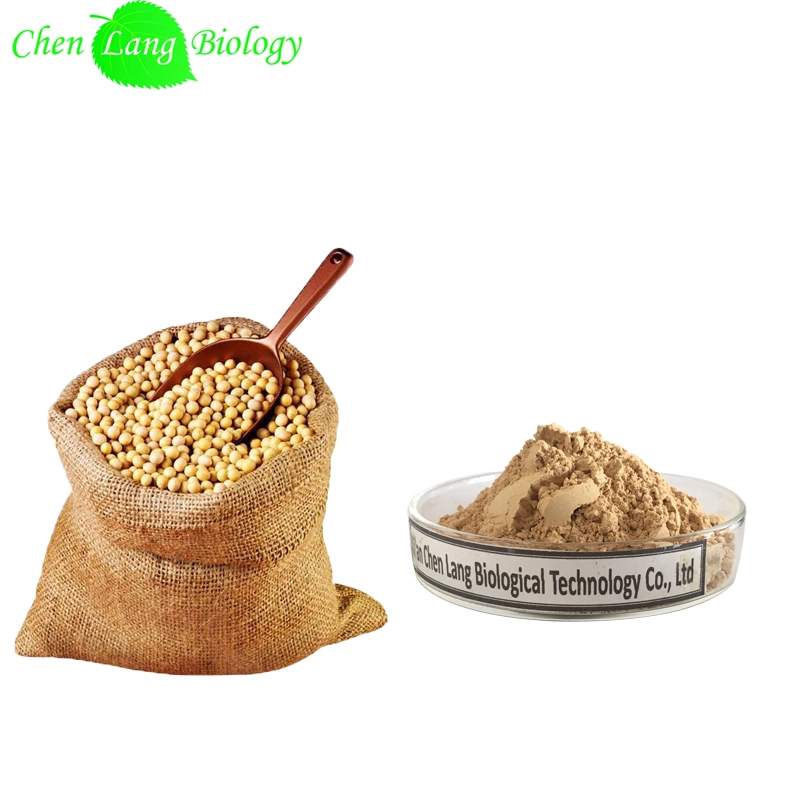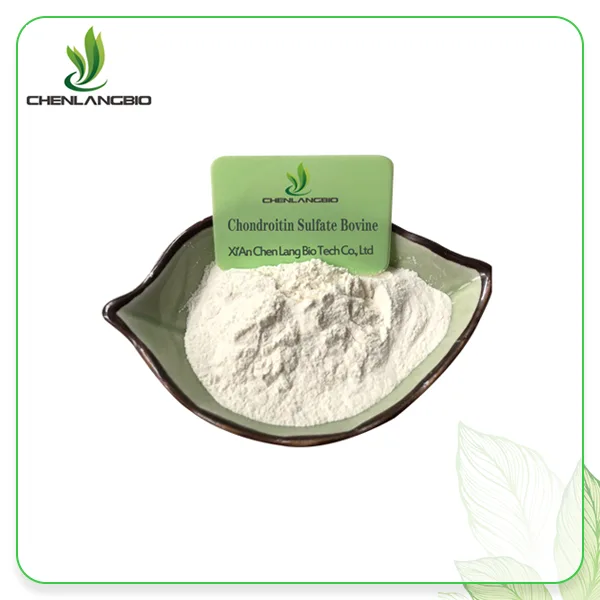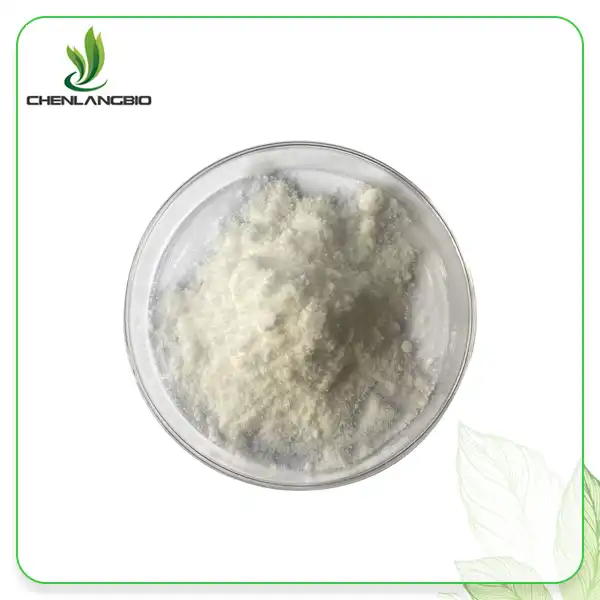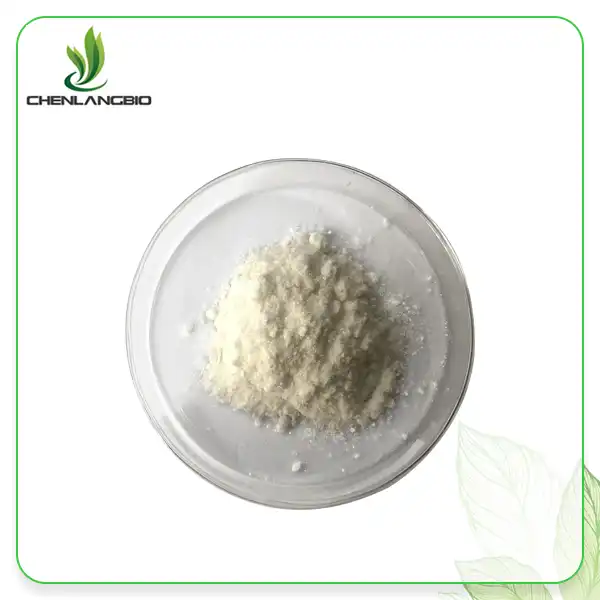What is the Difference Between Vitamin C and Sodium Ascorbyl Phosphate
2024-08-14 13:10:25
Vit C is a key ingredient in cosmetics because of its capacity to boost collagen, brighten skin, and function as an antioxidant. Sodium ascorbyl phosphate (SAP), a vitamin C derivative with some discernible variations in skin durability and compatibility, offers comparable benefits. This post will discuss often asked questions and explore the key differences between vitamin C and SAP to help you make educated selections regarding your skincare routine.
How Do Vitamin C and Sodium Ascorbyl Phosphate Differ in Stability?
Stability of Vitamin C
Pure vitamin C, also known as ascorbic acid, is extremely effective but well-known for its instability. It can quickly oxidize when exposed to heat, light, and air, reducing its effectiveness over time:
Opposition to Oxidation: Ascorbic acid can lose some of its potency and turn yellow or brown as it oxidizes.
A few flaws exist in the formula: Due to its instability, ascorbic acid is difficult to produce and requires specific pH levels and packaging to remain effective.
Unrestricted Shelf Life: Products made from pure vitamin C typically need to be refrigerated and have a shorter shelf life.
Stability of Sodium Ascorbyl Phosphate
In contrast, Sodium ascorbyl phosphate is a stable, water-soluble form of vitamin C that offers greater stability:
Resistance to Oxidation: SAP is less prone to oxidation, maintaining its efficacy over a longer period.
Versatile Formulation: SAP can be included in a variety of skincare formulations without stringent pH requirements.
Longer Shelf Life: Products containing SAP generally have a longer shelf life and are easier to store.
Why Stability Matters
The stability of a skincare ingredient directly impacts its effectiveness and usability:
Consistent Results: Stable ingredients like SAP ensure consistent results over time.
Ease of Use: More stable formulations are easier to incorporate into daily routines without special storage requirements.
Which One is More Effective for Anti-Aging: Vitamin C or Sodium Ascorbyl Phosphate?
Vitamin C's Anti-Aging Benefits
The anti-aging advantages of ascorbic acid are known to include the following:
Vitamin C: Collagen formation is aided by vitamin C, which makes wrinkles and fine lines less noticeable.
Oxidation protection: By scavenging free radicals, it shields the skin from environmental harm and oxidative stress.
Advantage: Vitamin C reduces hyperpigmentation and evens out skin tone.
Sodium Ascorbyl Phosphate's Anti-Aging Benefits
SAP also offers significant anti-aging benefits, albeit through a slightly different mechanism:
Collagen Production: Sodium ascorbyl phosphate supports collagen synthesis, contributing to firmer and more youthful-looking skin.
Oxidative Protection: As a stable antioxidant, SAP protects the skin from free radicals and environmental damage.
Brightening Properties: SAP helps reduce dark spots and uneven skin tone, promoting a brighter complexion.
Comparing Effectiveness
While both forms of vitamin C are effective, their stability and skin compatibility can influence their performance:
Immediate Results: Ascorbic acid may provide more immediate results due to its potency.
Long-Term Benefits: SAP offers sustained benefits with less risk of irritation and greater formulation stability.
Is Sodium Ascorbyl Phosphate Suitable for All Skin Types?
Suitability of Vitamin C
Pure vitamin C can be effective for many skin types but may pose challenges for sensitive skin:
Irritation Risk: The low pH of ascorbic acid formulations can cause irritation, redness, and dryness, especially in sensitive skin.
Patch Testing: Individuals with sensitive skin should patch-test vitamin C products to gauge their skin's reaction.
Suitability of Sodium Ascorbyl Phosphate
SAP is generally considered more suitable for a wider range of skin types, including sensitive skin:
Gentle on Skin: Sodium ascorbyl phosphate has a neutral pH and is less likely to cause irritation compared to ascorbic acid.
Broad Compatibility: Its stability and gentler formulation make SAP a good choice for those with sensitive or reactive skin.
Recommendations for Different Skin Types
When choosing between vitamin C and SAP, consider your skin type and tolerance:
Sensitive Skin: SAP is often recommended due to its gentle nature and lower risk of irritation.
Normal to Oily Skin: Ascorbic acid can be highly effective but should be introduced gradually to monitor for any adverse reactions.
Acne-Prone Skin: SAP's anti-inflammatory and antimicrobial properties make it beneficial for acne-prone skin.
How Does Sodium Ascorbyl Phosphate Compare to Other Vitamin C Derivatives?
Overview of Vitamin C Derivatives
Ascorbic acid and SAP are two of the many vitamin C compounds utilized in cosmetics:
Similar to SAP, ascorbyl phosphate of magnesium (MAP) is a stable, water-soluble derivative.
Vitamin C derivative tetrahexyldecyl ascorbate easily dissolves in lipids and penetrates the skin. One stable, high-glucose form of vitamin C is the glucoside ascorbyl.
Comparing Stability and Efficacy
SAP stands out among other derivatives for its balance of stability and efficacy:
MAP: Similar to SAP, but SAP is often preferred for its greater skin penetration.
Ascorbyl Glucoside: Offers good stability but may be less potent than SAP.
Tetrahexyldecyl Ascorbate: Highly effective but more expensive and used in high-end formulations.
Choosing the Right Derivative
Depending on your skin's requirements and skincare goals, use the best vitamin C derivative:
Stability as a goal: SAP and MAP are excellent choices for vitamin C options that are stable and effective.
The Permeability Tetrahexyldecyl Ascorbate is more expensive but has powerful effects and deep penetration.
Enhancing for: To lighten the skin and reduce hyperpigmentation, both SAP and Ascorbyl Glucoside are effective.
How Should You Incorporate Sodium Ascorbyl Phosphate into Your Skincare Routine?
Selecting the Right Products
Serums, creams, and masks, among other skincare products, contain SAP:
Serums: ideal for individualized treatment and maximum SAP absorption.
Creams: beneficial for hydration and overall skin improvement.
Masks: Appropriate for occasional deep treatments.
Application Tips
To maximize the benefits of SAP, follow these application tips:
Cleanse Thoroughly: Start with clean skin to ensure maximum absorption of SAP.
Apply to Damp Skin: Applying SAP to slightly damp skin can enhance its absorption.
Layering Products: Apply SAP before heavier creams or oils to ensure it penetrates the skin effectively.
Complementary Ingredients
Combining SAP with other beneficial ingredients can enhance its effects:
Hyaluronic Acid: Boosts hydration and complements SAP’s moisturizing effect.
Niacinamide: Helps with skin brightening and anti-inflammatory effects.
Retinol: For anti-aging benefits, alternate SAP with retinol to minimize irritation.
Frequency of Use
The frequency of use can vary based on your skin’s tolerance:
Daily Use: For most people, daily use of SAP is beneficial and effective.
Alternate Days: If you experience sensitivity, use SAP every other day to allow your skin to adjust.
Monitoring Results
Keep track of your skin’s response to SAP and adjust your routine as needed:
Initial Breakouts: Some individuals may experience an initial breakout period as their skin adjusts to SAP.
Skin Improvement: Regular use of SAP should result in brighter, firmer, and more even-toned skin over time.
Conclusion
It's essential to comprehend the distinctions between sodium ascorbyl phosphate and vitamin C when choosing the best skincare items for your requirements. Although ascorbic acid has several advantages, many people find SAP to be a helpful substitute because to its instability and propensity for discomfort. Because of its consistency, mildness, and wide range of skin type compatibility, SAP is a useful and efficient component for a variety of skincare issues. Please feel free to contact us at admin@chenlangbio.com for additional information about our goods or for more individualized guidance.
References
Healthline | The Benefits and Uses of Sodium Ascorbyl Phosphate
Byrdie | Sodium Ascorbyl Phosphate: What It Is and How It Benefits Your Skin
Allure | Everything You Need to Know About Sodium Ascorbyl Phosphate
Journal of Clinical and Aesthetic Dermatology | Sodium Ascorbyl Phosphate: A Vitamin C Derivative for Skin Health
Dermatology Times | Understanding the Role of Sodium Ascorbyl Phosphate in Skincare
WebMD | Sodium Ascorbyl Phosphate: Benefits, Uses, and More
Medical News Today | The Benefits of Vitamin C Derivatives in Skincare
Marie Claire | Sodium Ascorbyl Phosphate: A Stable and Effective Vitamin C Alternative
Vogue | The Rise of Sodium Ascorbyl Phosphate in Skincare
American Academy of Dermatology | Vitamin C in Skincare: Understanding Sodium Ascorbyl Phosphate
Send Inquiry
Related Industry Knowledge
- How Can I Use Mung Bean Peptide Powder in My Diet?
- Is Potassium MethoxysalicylateSafe for Sensitive Skin?
- Is Monobenzone Same As Hydroquinone
- Is Ascorbyl Tetraisopalmitate Better Than Ascorbic Acid
- Does Alpha-GPC Affect the Liver
- What Is Alpha Glycerylphosphorylcholine Used For
- Is 5-HTP Effective For Anxiety Or Depression?
- Does Pure Epimedium Extract Powder Improve Sex Ability
- Is L Carnitine (R)-3-Hydroxy-4-(trimethylammonio)butyrate A Fat Burner
- Is Diosmin Powder Can Lower Blood Pressure










